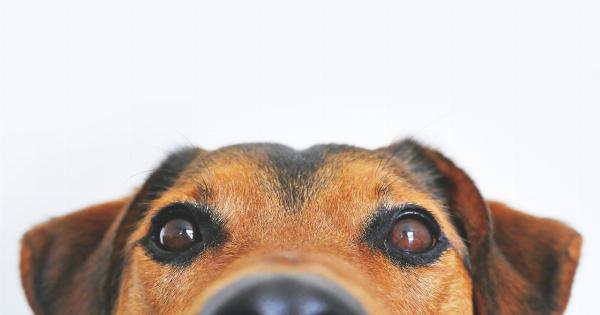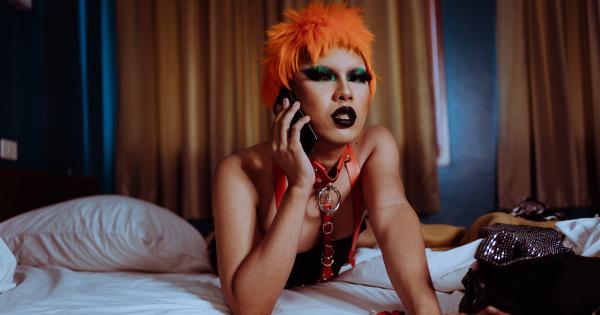As dog owners, we often find ourselves captivated by the expressive nature of our furry friends. Dogs have a unique way of communicating with us and one another through their body language.
From wagging tails to perked ears, their gestures provide valuable insights into their emotions and intentions. One behavior that has puzzled many dog owners is the guilty look. In this article, we will delve deeper into understanding your dog’s body language, specifically focusing on the notorious guilty look.
1. Decoding the Guilty Look
Have you ever come home to find your furniture destroyed or your favorite shoes gnawed on? As you walk into the room, your dog averts their gaze, tucks their tail between their legs, and wears a guilty expression.
It’s easy to assume that they are feeling remorse for their mischievous behavior, but is that really the case?.
2. The Reason Behind the Guilty Look.
Contrary to popular belief, the guilty look in dogs is not an indication of guilt or shame. Dogs do not possess the capacity for complex human emotions like guilt as they lack the cognitive ability to understand the concept of right or wrong.
Instead, the guilty look is a reaction to your body language and the tone of your voice.
3. Associative Learning.
Dogs are incredibly receptive to human cues and are experts at associative learning. When you come home to find a mess, your frustration and displeasure may be evident in your facial expressions, body posture, and vocal tone.
These cues act as triggers for your dog to exhibit the guilty look.
4. Body Language of the Guilty Look.
When a dog displays the guilty look, their body language may include:.
- Tail-tucking
- Head bowing
- Avoiding eye contact
- Ears flattened
- Submissive body posture
5. Understanding Canine Body Language.
To better understand your dog’s guilty look, it is vital to learn about their overall body language.
Familiarizing yourself with their different postures, facial expressions, and vocalizations will deepen your connection with your furry companion.
6. Happy and Relaxed
When your dog is happy and relaxed, their body language may include:.
- Loose, wagging tail
- Raised ears
- Relaxed facial muscles
- Open, soft mouth
- Panting
7. Fearful or Anxious
If your dog is feeling fearful or anxious, they may exhibit the following body language:.
- Tail tucked between their legs
- Flattened ears
- Wide eyes
- Yawning or licking their lips
- Cowering or trying to hide
8. Aggressive or Threatening
If a dog feels threatened or is displaying aggression, their body language may include:.
- Stiff, raised tail
- Fur standing on end
- Direct eye contact
- Baring teeth or growling
- Standing tall or leaning forward
9. Communication and Understanding
Being able to interpret your dog’s body language accurately allows you to communicate with them effectively. By understanding their emotions and intentions, you can respond appropriately and build a stronger bond with your pet.
10. Avoiding Misinterpretation.
It is crucial to avoid misinterpreting your dog’s body language. Jumping to conclusions or assuming human-like emotions may lead to incorrect judgments and unfair treatment of your canine companion.
Always consider the context, environment, and other relevant factors before making any assumptions.
Conclusion
While a guilty look may appear as if your dog is expressing remorse for their actions, it is crucial to understand that dogs do not experience guilt in the same way humans do. The guilty look is simply a reaction to your body language and vocal cues.
By familiarizing yourself with your dog’s overall body language and understanding their different emotional states, you can better communicate with and care for your furry friend.































